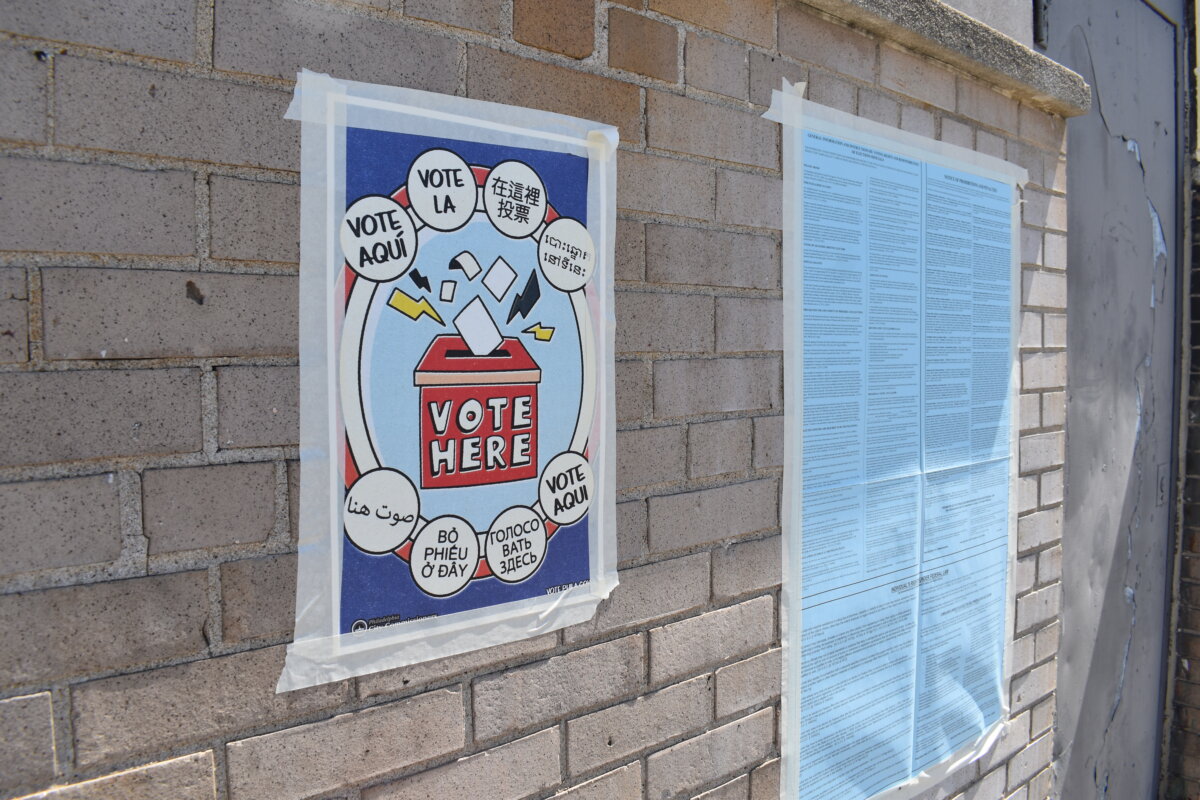Website will become more customer-friendly
There is a series of technological advances on the way to Toronto transit riders, but we must be patient.
At last, the much criticized ttc.ca website will be made more customer-friendly. Only incrementally updated since 1998, ttc.ca is set to relaunch next April. It will eventually feature useful tools like a “self-serve” trip planner and the ability to purchase fares online. Pay via the Internet — and get a Metropass in the mail.
As soon as next Monday, the existing website will follow GO Transit’s example and start to offer details of route slowdowns, something that’s long overdue. Likewise, the TTC also plans to send out e-mail alerts, warning patrons of delays.
Next, officials want to test countdown displays at selected bus and streetcar stops — much like the Viva shelters in York Region, where a sign tells riders when the next vehicle is expected. A similar project is planned for the TTC’s train network, although it may take awhile.
There is also talk of allowing cellphone service in the subway, although more discussion is necessary on whether people will be able to make calls aboard trains, or just within stations.
Such high-tech advances are already available in other cities, including some GTA transit systems. The commission has been slow to get with the new millennium, due to chronically scarce funds and an extreme reluctance to embrace customer service initiatives.
A lot of riders may be wary of flashy gizmos when all they really want is the bus to arrive on time and with space to board. TTC commissioners are cautiously optimistic there will also be enough money in next year’s budget to accomplish the primary goal of reducing crowding to tolerable levels and to add service in off-peak periods.
As long as better transit service is ensured, then I say bring on the gadgets. But please, TTC, don’t bite off more than you can chew. Based on experience in other cities, I would suggest that such services — especially “Next Bus” or “Next Train” — be at least 95 per cent accurate before going public. It would be better to launch a new product late than have it not work correctly — or fail later because of inadequate staff or funding.
Some of these information benefits will require a lot of behind-the-scenes work, and these things have a knack for going over budget due to unforeseen complications.
While it’s remarkable the third busiest transit system on the continent would be so far behind in technical development, we might have seen progress sooner if the TTC hadn’t been so financially starved.
















